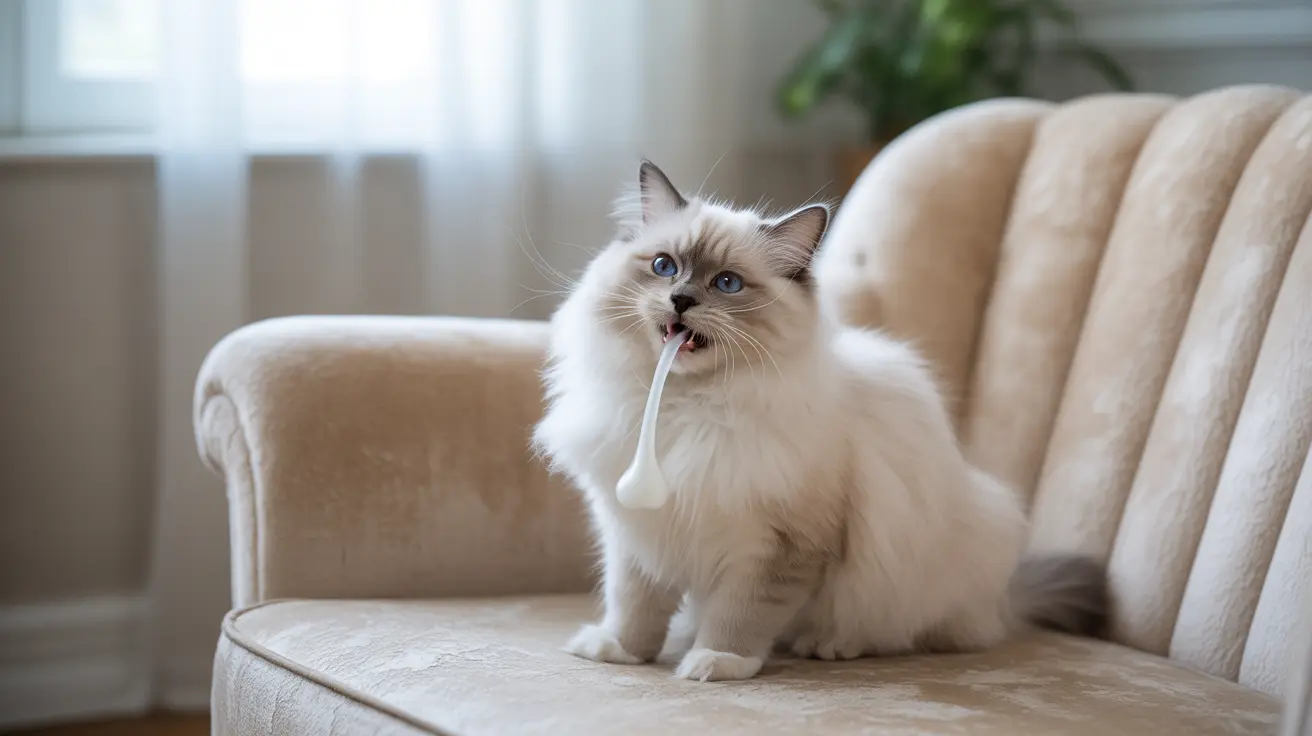Understanding Daisy Toxicity: Why Daisies Are Dangerous for Cats
While flowers brighten up any living space, it's essential for cat owners to be aware of which plants can pose a hazard to their feline companions. One commonly found but deceptively dangerous flower is the daisy, particularly those belonging to the Chrysanthemum genus.
Why Are Daisies Toxic to Cats?
Daisies contain a range of toxic substances that can have seriously harmful effects on cats. The primary chemicals responsible for their toxicity include:
- Pyrethrins: Naturally occurring insecticides that affect the nervous system.
- Sesquiterpene lactones: Compounds that can cause oral and skin irritation, as well as more severe systemic effects.
All parts of the daisy plant—leaves, petals, stems, and pollen—carry these toxins, making even minor exposure potentially dangerous.
Common Symptoms of Daisy Poisoning in Cats
Cats who ingest or come into contact with daisies may exhibit a wide variety of symptoms. These reactions can vary in severity depending on the amount of plant consumed and the cat's underlying health. Typical signs include:
- Vomiting and diarrhea
- Excessive drooling
- Loss of coordination or tremors
- Lethargy and decreased appetite
- Skin irritation or dermatitis
- Oral discomfort
- In rare cases, seizures or convulsions
- Internal bleeding, sometimes visible as red streaks or blackened feces
Symptoms can develop quickly, and even a small amount of ingestion may trigger serious health issues, particularly in cats with existing medical conditions.
Types of Daisies and Their Toxicity Levels
- Chrysanthemum species: Highly toxic and associated with most poisoning cases in cats.
- Shasta daisies (Leucanthemum x superbum): Mildly toxic but can still cause gastrointestinal irritation and skin reactions.
- Gerbera daisies: Generally considered non-toxic to cats.
- Blue daisies (Felicia amelloides): Typically safe and non-toxic.
Due to potential confusion between various daisy species, it’s best to avoid having any plants labeled simply as “daisies” around cats unless known to be safe.
What to Do If Your Cat Is Poisoned
If you suspect your cat has ingested or come into contact with a daisy plant, immediate action is crucial. Here’s what you should do:
- Contact your veterinarian or a pet poison helpline right away.
- Do not attempt home remedies; incorrect treatment may worsen the situation.
- Observe and note any symptoms to provide accurate information to your vet.
Veterinary treatment often involves:
- Fluid therapy to prevent or reverse dehydration
- Medications to coat and protect the stomach lining
- Symptomatic care such as anti-nausea or anti-seizure medications
With timely intervention, most cats recover within a week, although those with compromised health may require extended care or monitoring.
Preventing Daisy Exposure
Prevention is the best strategy to protect your cat from daisy poisoning. Consider the following steps:
- Keep daisies out of reach—both indoor cut flowers and outdoor plants.
- Display bouquets in inaccessible areas, such as hanging vases or behind barriers.
- Fence off garden beds containing daisies to prevent cat access.
- Regularly clean up fallen petals or pollen to eliminate risk of ingestion or contact.
- Replace toxic plants with safe alternatives.
Cat-Safe Flower Alternatives
To maintain a beautiful home and garden without endangering your pet, opt for non-toxic plants. Safe alternatives include:
- African violets
- Orchids
- Spider plants
- Boston ferns
- Polka dot plants
- Bromeliads
- Haworthias
- Gloxinias
- Areca palms
- Blue daisies (Felicia)
Additionally, cat grass is a safe and enjoyable plant for cats to chew on and can help deter them from gnawing on harmful plants.
Conclusion
Though beautiful, daisies—especially those in the Chrysanthemum family—pose a serious health risk to cats. Understanding their toxicity and recognizing the signs of poisoning are essential for pet safety. By avoiding or replacing harmful plants and acting quickly in emergencies, you can help ensure your furry friend's well-being.





